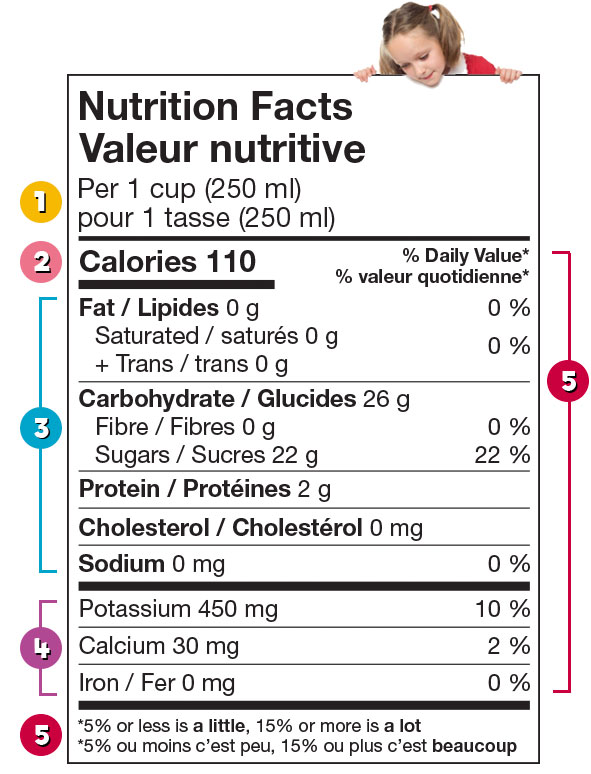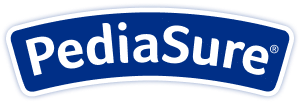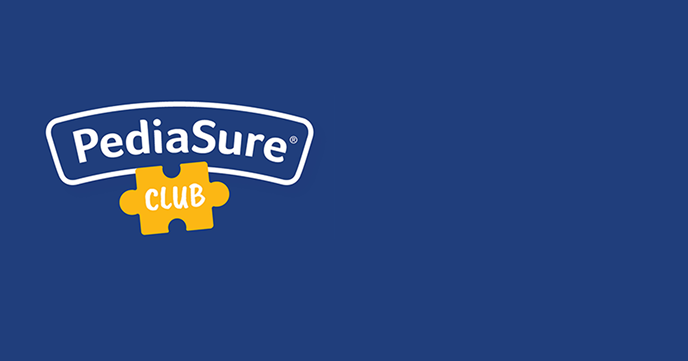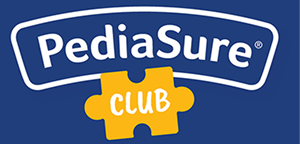The Nutrition Facts table shows the amount of nutrients per serving, but note that one serving is not always the total amount in one container. Also, the percentage of Daily Values (DV) listed for the nutrients is based on Recommended Dietary Intakes (RDI) or reference standards for the general population. Your child may need less than 100% of each nutrient, so you should keep that in mind when you’re evaluating the nutrient amounts on a Nutrition Facts table. You may want to consult your pediatrician or dietitian to determine your child’s specific needs.
The nutrition facts table
This part of the Nutrition Facts label has five sections of information:


Serving:
Tells you the size in a common household measure (units, fractions, cups, etc.), as well as in volume and/or in weight (in mL or grams) of a single serving.


Calories:
Shows the number of calories per serving.


Main nutrients:
Amount of each nutrient per serving, which includes fat, carbohydrate along with fibre, protein, cholesterol, and sodium. This section also indicates the % of Daily Value for selected nutrients.
- Fat: An important source of energy, fat is a factor in normal growth and development. Fat also helps absorb vitamins A, D, E, and K. The % Daily Value for both saturated and trans fat should be as low as possible.
- Carbohydrates: Supply energy and are a factor in the maintenance of good health. Choose foods with more fibre and less added sugars.
- Protein: Helps build strong muscles as well as antibodies, as part of the immune system. Choose plant-based protein foods more often.
- Cholesterol: A fat made by the body, cholesterol is only found in animal-based foods such as cheese, eggs, and meat.
- Sodium: Found in table salt and added to many processed foods; most Canadians, including children, eat too much sodium. Choose foods with lower amounts of sodium.


Vitamins and minerals:
This listing shows how much of the vitamins and minerals are contained in each serving, along with the percentage of the recommended Daily Value they represent.


Daily values (DV):
Explains the percentage of Daily Values each nutrient provides; ≤5% is a little and ≥15% is a lot.


List of ingredients
All ingredients found in the product are listed on the food label in order of weight, with the heaviest ingredients listed first. Ingredients are what supply the nutrients and provide other product attributes such as colour and texture.
For more great information about how to use the Nutrition Facts label and the percentage of Daily Values, check out Health Canada’s website:



.jpg)


